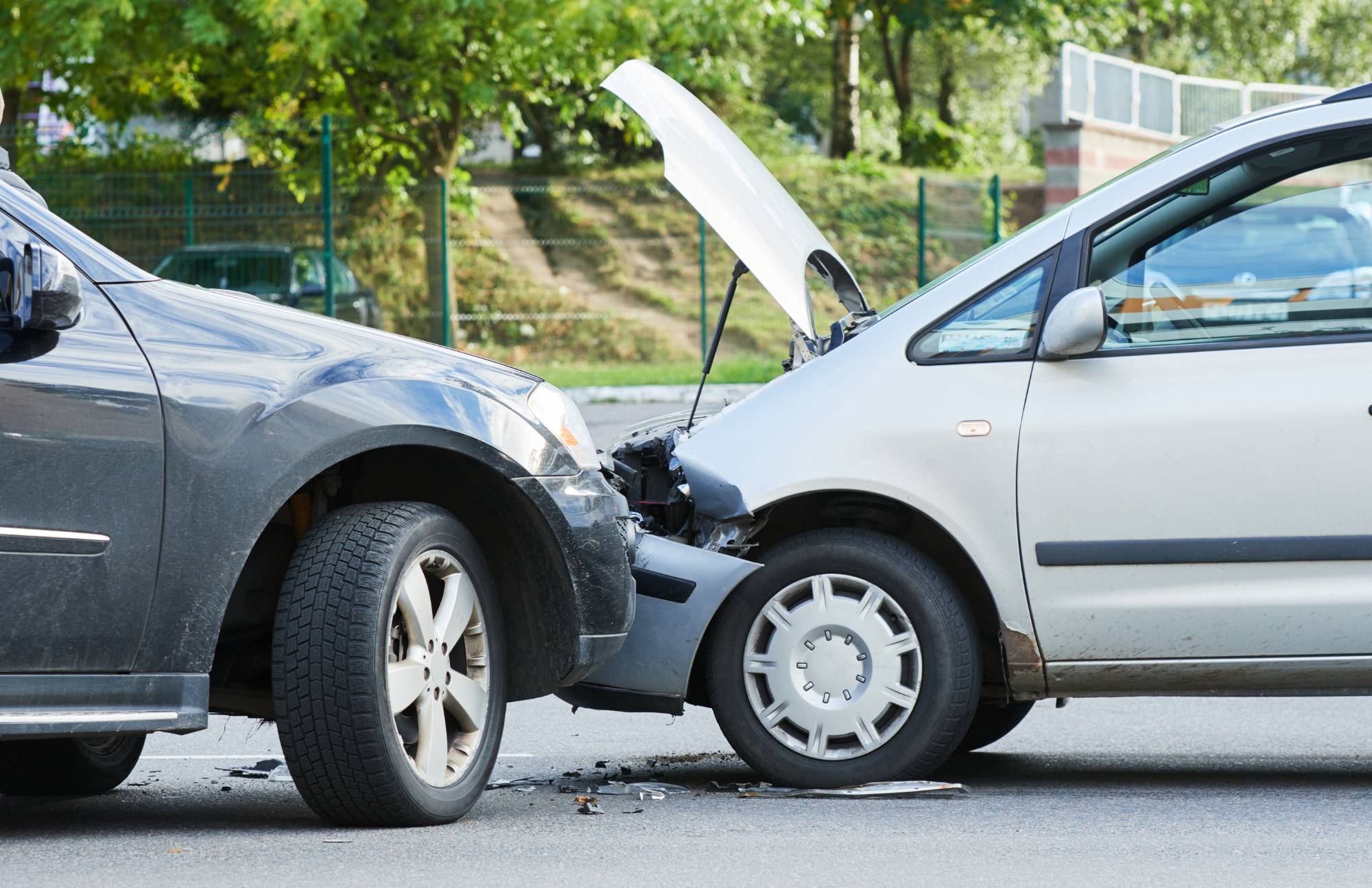
Written By Victor Ocasio
A car crash can potentially set drivers back thousands of dollars, but experts say Long Islanders can take steps to protect themselves financially.
While it’s a state requirement for drivers to be insured with a minimum of $25,000 in liability insurance and $50,000 in personal injury protection, commonly known as “no fault” coverage, those dollars can be eaten away quickly in a serious crash. From tens of thousands in medical bills to the potential loss of one’s home in a lawsuit, the cost of a single accident can be steep.
“It’s not a matter of if, it’s a matter of when,” Michael Mosscrop, personal injury attorney and partner with Franklin, Gringer & Cohen, P.C., in Uniondale said of auto accidents.
Motorists should gather as much information as they can, including license plate and driver’s license numbers, names, addresses and phone numbers of all drivers, passengers and witnesses, and insurance details of the other party, Loretta L. Worters, vice president of media relations at the Insurance Information Institute, an industry education organization, said in an email.
“Regardless of who is at fault, contact your insurer as soon as possible,” Worters said. “Even if the other party seems uninjured or the damage is minor, failing to report an accident may compromise your coverage if a claim is filed later.”
Typically, insurance companies will assign an adjuster to assess damage on a vehicle and take sworn statements on what happened, said Kevin Shakil, president of Melville-based Tekbytes Insurance Brokerage. From there, carriers make determinations on what coverage can be paid out.
John Zervopoulos, a personal injury attorney and a partner at Salenger, Sack, Kimmel and Bavaro LLP in Woodbury, said that no matter who’s at fault in an accident, their own car insurance’s “no fault” policy would be the first to make payments. If the other party is found to be at fault, their liability coverage can be the second source of payment.
Zervopoulos said the basic no fault policy most people had covers up to $50,000 in medical bills, lost wages and other costs and 80% of a client’s loss of earnings up to $2,000 a month.
“If you’re in the hospital for a week, that $50,000 goes out the window,” he said.
Only collision and comprehensive coverage can be used for car repairs, Shakil said.
Shakil said drivers who lease or finance their cars were normally required to have collision coverage but it’s optional for drivers that own their vehicles.
One of the best ways local drivers can ensure they have peace of mind is to increase their auto coverage, Mosscrop said.
“Out of all the ways to save money the worst way is to decrease your car insurance,” he said.
Although it can cost consumers more, Mosscrop said, increasing liability and no fault coverage, and considering the addition of supplemental uninsured/underinsured motorist coverage, can be paramount.
Shakil said drivers who lost their insurance should immediately begin shopping around. Driving without insurance is illegal.
For those who can’t find a carrier to insure them, the state provides an option called the New York Automobile Insurance Plan (NYAIP), commonly called an assigned risk plan.
“Those rates are much higher but you are able to get insurance,” he said.
There are ways to save, Shakil said.
Shakil advises that drivers consider telematic insurance programs offered by some insurers. In essence, these programs use mobile apps or plug-in devices to monitor a driver’s car usage, average speed, time of operation and frequency of hard braking to offer discounted rates to safer drivers.
Drivers who seldom use their cars should tell their carriers they are at lower risk of a claim, which can help with pricing.
Defensive driving courses is another way to save — usually around 10% — on premiums, Shakil said, and can remove points on a driver’s license.
Shakil said consumers should look for potential savings by shopping for lower premiums 35 to 40 days before renewing with their current carrier.
When attorneys are involved, major assets can become the target in litigation, Mosscrop said.
Vehicles, bank accounts and a litigant’s home can all be targeted in an accident lawsuit, making higher levels of insurance coverage especially important for higher net worth drivers.
“I tell everyone protect yourself, protect your assets, protect you home,” he said.
Newsday’s Lee Meyer contributed to this story.